I will relish this one all my life, working with one of the best directors in the world, a brave creative team and some of the most talented artists to bring something truly special to the screen.
Approach
I could go talking about the making of the project for hours but I rather focus not the things that nobody will expect from the creative and technical point of view because I think that is what makes our work truly different.
Pre-Production
During the preproduction we evaluated the project as a proper project manager would do, using super-granular task dependencies to evaluate the process by using Merlin software. With this we could very accurately pinpoint the areas to keep an eye, the ones that could delay the project and keep it all under control without burning our artists.
We even accounted for personal holidays on the plan per artist, the key milestones that were fundamental for the correct delivery, the process to showcase our progress and make sure we keep an eye on the costs too.
Design
The critical element of the project for us was the design and for this we simply called the best character artist and anatomist in the world to help us (Scott Eaton) and also play a role of creative consultant with the character so we avoid any deviations of the design.
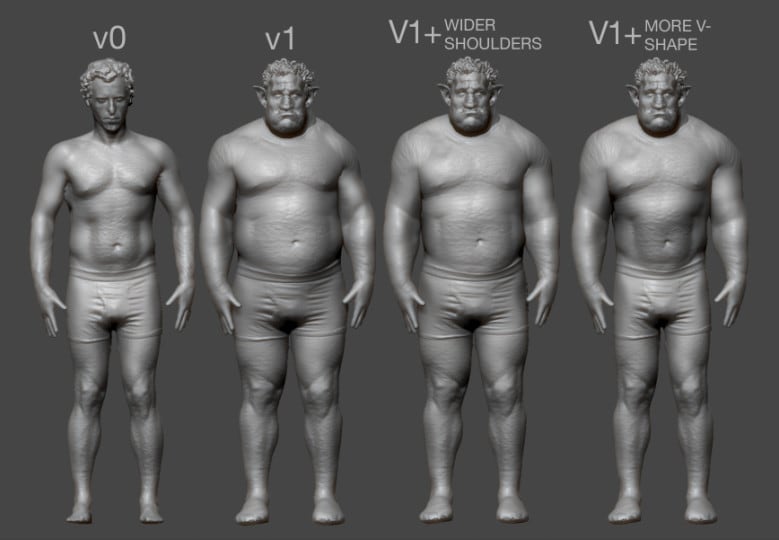
Of course that is quite a challenge but the basis was quite simple, we wanted to bring the ogre from our actor to the surface and all the decisions regarding the project were spawn from there.
We did cast the actor and from the mould build a replica of him in super fine detail (down to pores) that was used in Zbrush to design the suit around him, fully anatomically correct and built for the performances required on set we did really want to make the actor feel as the ogre by giving him the best prosthetic design for suit possible.
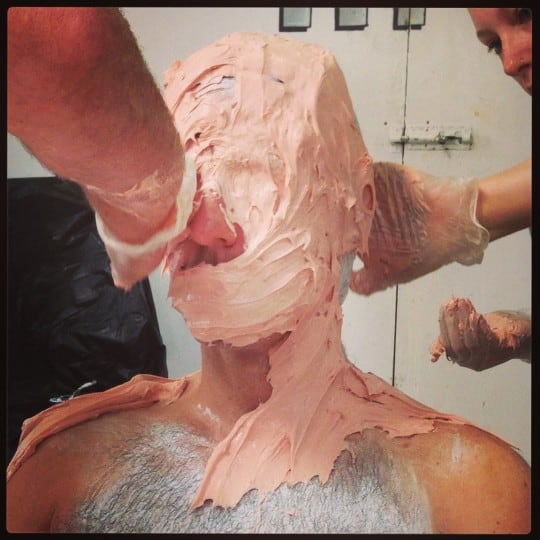
The idea being that he would become the ogre if he was inside a body that didn’t fight with his, but limit him in the right way and then extending with CG elements the things that were critical to read the performances (the face).
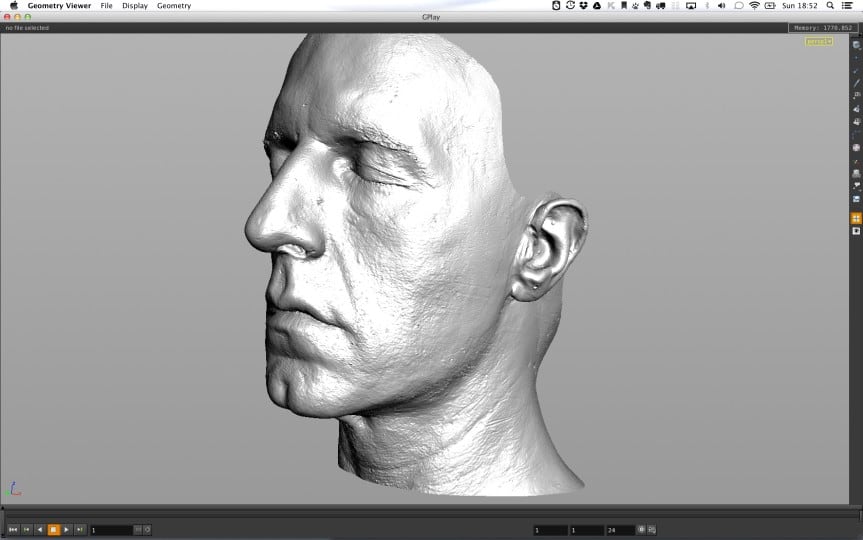
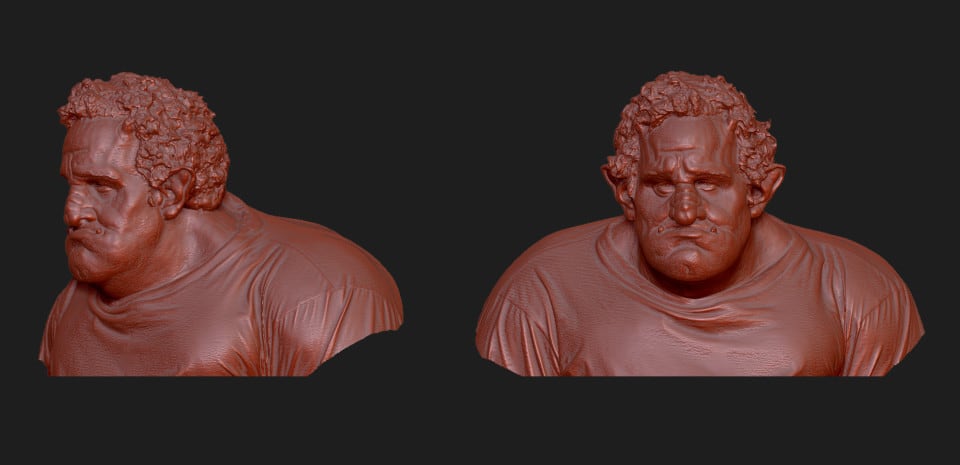
Prostetics
We got in touch with Vincent Van Dike who was already delivering some incredible prosthetics work for “Grey’s anatomy” and it was clear they were the perfect partner, eager, positive, understanding the process and fascinated of working in such an amazing project.
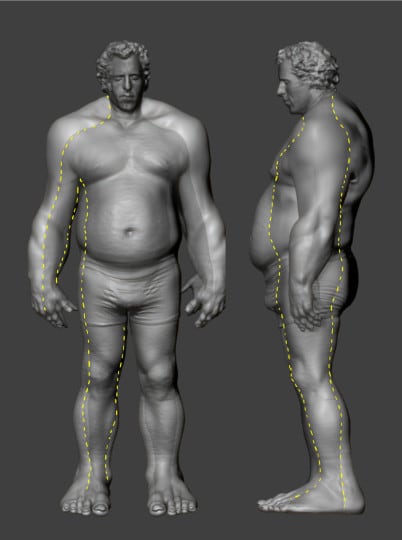
We shipped the mould of the actor, the Zbrush mesh and printed a head reference in 3D for them to have always around.
During the process we were in constant communication and his comments were fed to us while ours were fed to him to progress as fast as possible with the limited time we had.
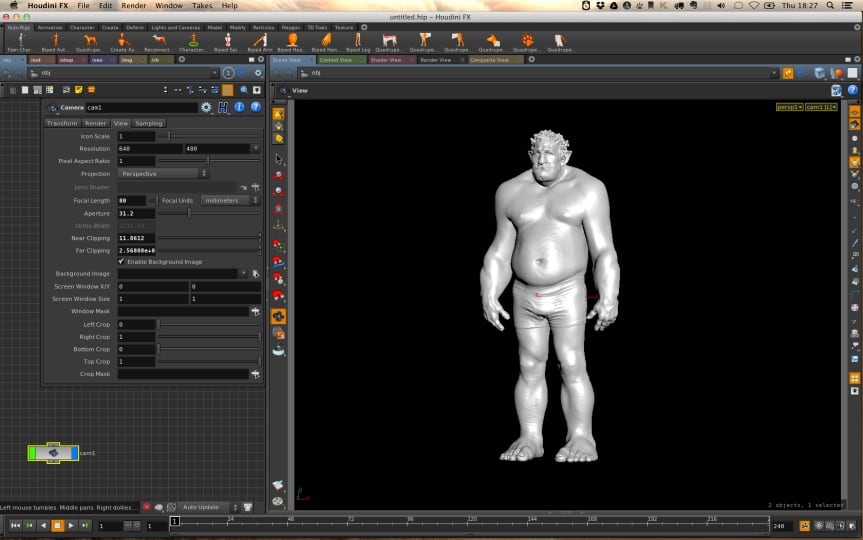
We re-schedule the delivery of material as the shoot was moved a few days and they were incredibly willing to work towards these changes by delivering the underbody, head and hands first, and a week later the full body for the shoot in Crete.
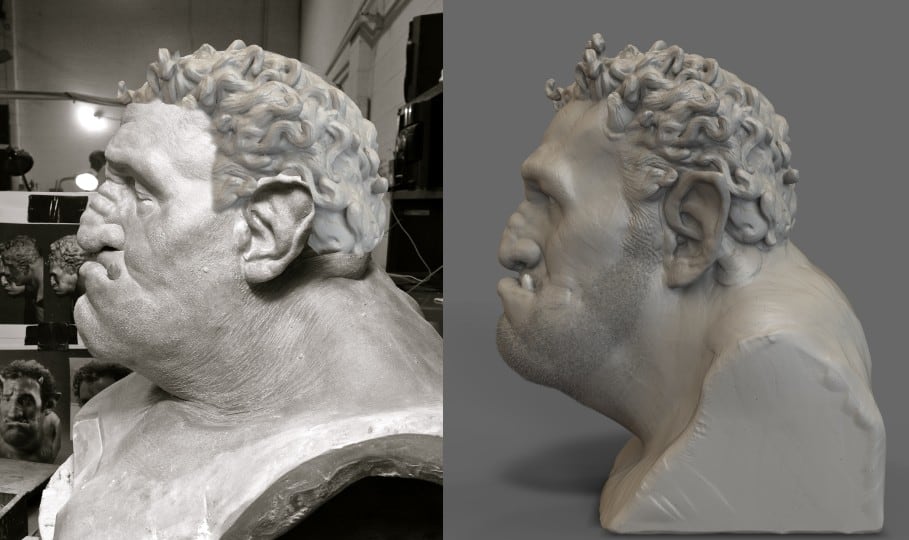
The quality of the suit was on full display on a test we did in London and when I saw the perfect hand movement I truly understood we had a winner there.
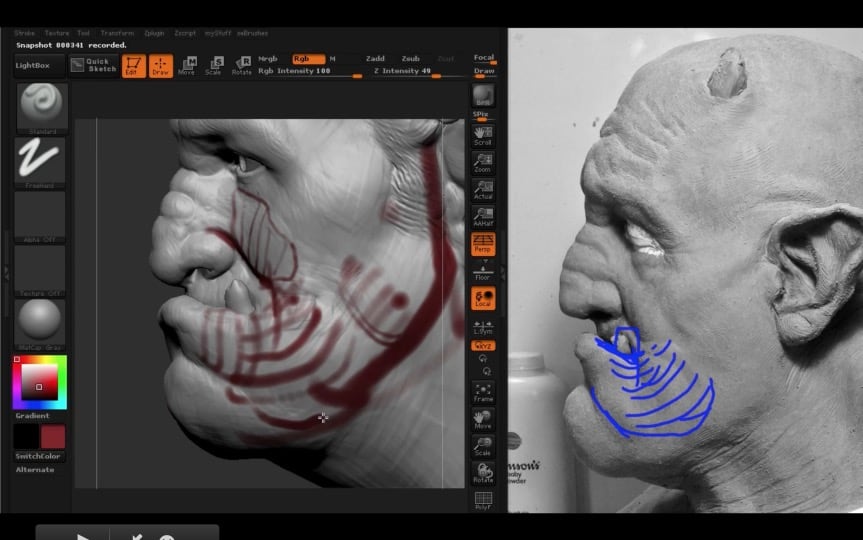
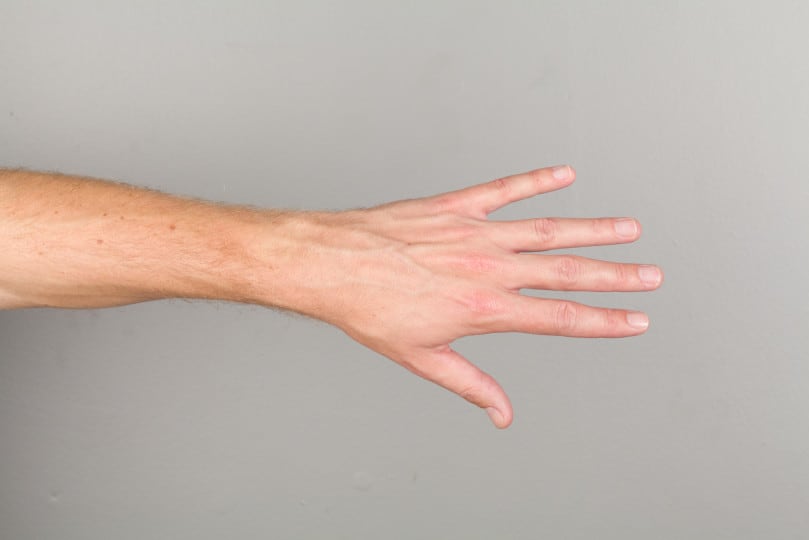
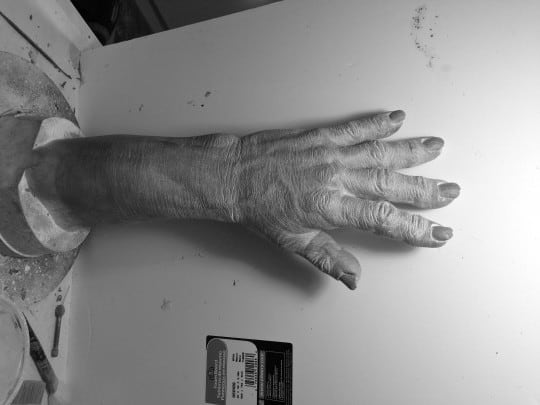
Assembling the team
Meanwhile the team was in full swing by bringing to our core team a selected few artists to help us, specially on the motion match moving part, rigging and animation that was done with Equalizer and Maya given the external vendors and these selected artists were Maya only. We built a temporary pipeline around to communicate via Alembic with Houdini and cached out the animation this way.
Shoot
During the shoot both Markus and myself were for more than a week in London and then Crete working out the day to day strategy and preparing a list of tasks to get done, shot requirements and work around the planning of the shoot to accommodate which type of shot we were filming (either mask, open face or fully closed) which was a very complex process because from the performance point of view we did want to see the actor’s face always but we also needed to minimise the workload.
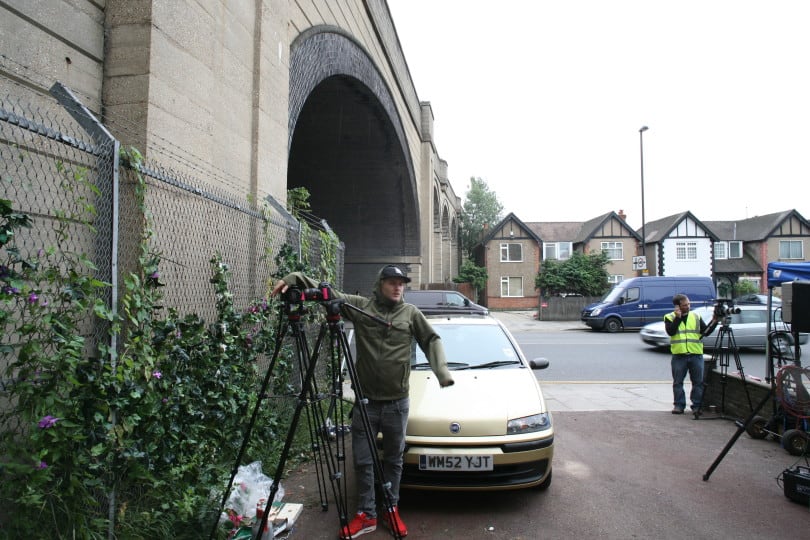
Heat was a problem even in London due to the fact the actor was wearing this massive suit so we had to constantly have cool air for him and devise some methods to make sure he was always safe.
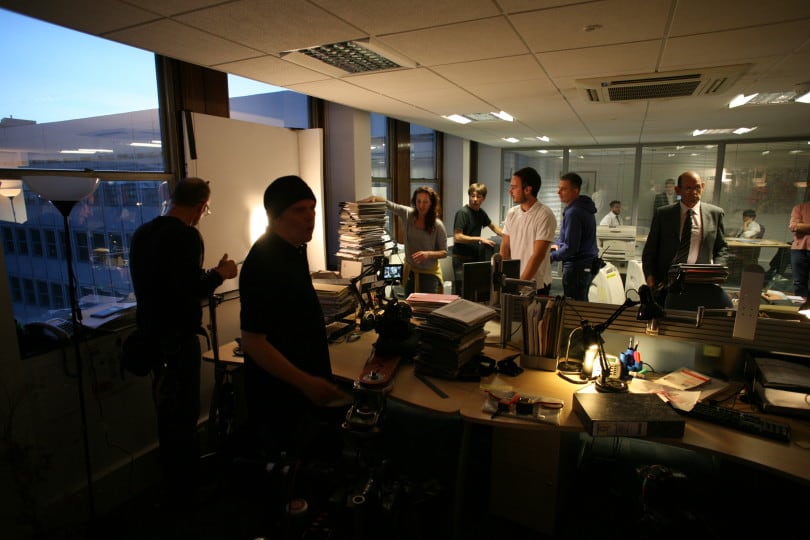
Supervision
The most important part was to make sure we responded to the various events on shoot and allow the shoot to move forward while getting the required information, rather than stopping them from doing things I was very active to capture the extra elements so they could do that.
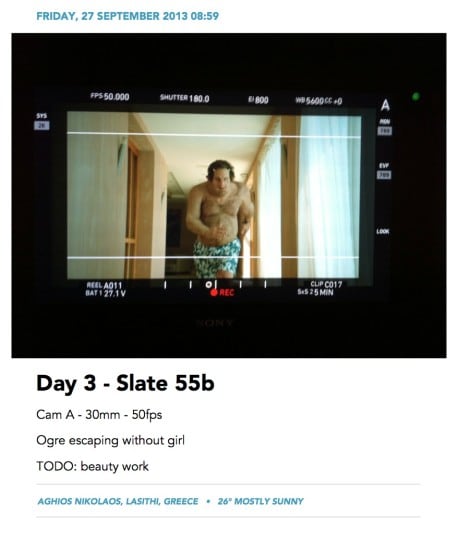
Data adquisition
I took tons of notes as usual, measurements, camera records and detailed reference, HDRI’s, ref pictures and what not…
We were also recording with two witness cameras the main action so we could build a super-accurate 3D match move which was identified as the deal breaker given our skin technology was already very mature.

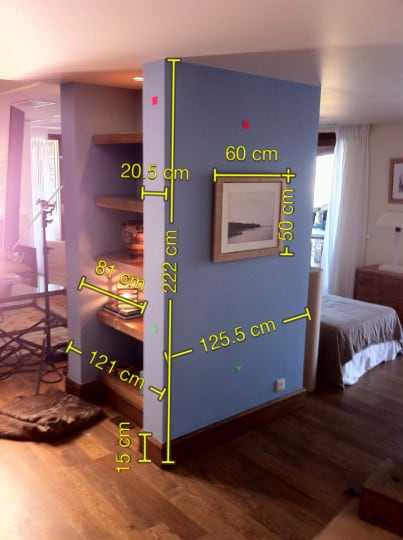
Post-Production
During the postproduction the organisation was very rigid as it was more a film pipeline than the odd commercial with a superb camera match move team, a robust rigger that brought a mature toolset with him and two very special animators putting these shots in motion, one of them on top of that is an old friend from The Mill that was now freelancing and a true Maya guru that even wrote quite a bit of Python to streamline the exporting and review process.
Facial motion capture
We allocated a facial motion capture session directed remotely by Fredrik and prepared a running edit of the shots to capture with repetitions so the actor could give us some variations on every take.
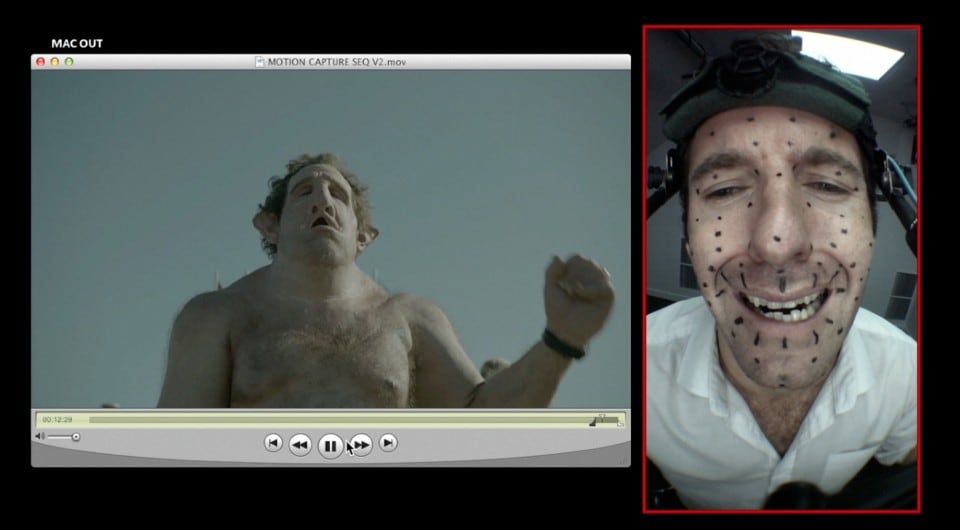
We run through various intensities and approaches but learned very quick once we had the data that the performance was not the easiest to translate to the Ogre given the different face as although the anatomy was correct the tusks were the defining factor and everything required quite a lot of massaging so the amount of work was still very considerable. Also we learned the performance on set was way more correct than a month later on a studio, I think this is simply because he truly was “in character”.
Technical Photography
As we required some serious detail and colour calibrated photography we hired the best guy in the business with more than 20 years doing photography for CG, Aviv, who happily helped us photograph both the actor and the prosthetic mask on the actor in a controlled and colour calibrated environment, with these photos doing the textures of the face was much easier and the incredible amount of detail paid of in spades.
The Ogre
The most particular part of the job was the balance between the eyes of the actor we were desperate to keep and the prosthetic and how to blend these, something very few people would even think of it as a challenge but was the core issue on many shots given that how these react to light is wildly different and a tiny drift would ruin the job.
Modelling
We started scanning the actor;
which drove the design of the ogre, the final prosthetic was also scanned and the difference between the Zbrush model and the scan of the final prosthetic was later considered so we minimised the deviation from the sculpt.
The modelling went though many stages as the prosthetics once fitted was not a perfect match of the original design, obviously the actors sweat altered the weight of the mask which made the tracking a true challenge like very few I have seen in my life but one I was certain we were able to crack and to prove it to myself I rolled my sleeves and track myself some of these nightmare shots.
Texturing
We hired one true expert Mari artist to help us on the facial texturing and in just a week created 8k textures for the face using the excellent actor photography delivered by Aviv.
Match-moving
The challenge was threefold this section because we had three different types of shots; shots with the full head, shots with the closed face as a cover and shots with the open face inside the mask and each of them required us to approach in a different way.
One of the things we though would be easier was with the open face but once we understood the fact that the real actor’s face was “swimming” inside the prosthetic part we faced a double track challenge so we could reproject the eyes to use them or they would be swimming.
Everything went according to plan and we only extended tracking by one week to accommodate tweaks by late animation.
Technical Approach
Rigging + Animation
We researched various solutions based on muscle deformation but ended up relying on the hero sculpts from Scott given they were simply beautiful and very precise. The rig was fundamentally enhanced with extra deformers and localised controls, muscle systems that brought volume changes and better evolution from poses but it was all anatomically correct yet designed which was very interesting.
Animation proved extremely complex because the nuances were so many that finessing a shot would take a bit of time and learning what the ogre “liked” was very complex. We fought hard to open the mouth as much as possible but every time it was visible it felt the wrong thing to do and we worked around the actor’s performance and interpreting it to the ogre, the main reason we did not use the facial motion capture other than as a reference.
Because we were ahead of schedule we decided to show all animation fully rendered with hair and motion blur, something that proved fundamental given the final render muted the animation considerably and a few shots needed quite a lot of back and forth until we go the effect we were after to be readable once rendered.
This was something the lighting team worked hard and brought a lot of value to the compositing team as a two months before delivery we were already able to play with final renders and although these will evolve the fact is that they were not that far from final.
Lighting + Rendering
Using the revisited version of our proprietary skin shader plus a new way to evaluate materials and lighting we managed to set the ogre look dev in motion really early and then simply tweak it to the final image coming from the plates. The results were stunning from day 1 and when we tested it with a real plate the lighting fell into place in no time and looked so promising we were smiling all the way home.
On the final stages of the job we revised the lighting on almost every shot once more as we wanted make sure we got it all perfect and in all fairness it was an exercise of balancing the lighting of the shots rather than starting form scratch so we devised ways to evaluate the lighting of these shots by putting all the ogre faces shot back to back and review if there were any jumps, then act on it.
Conclusion
An wonderful part of my life was used for this project, we put tons of love and effort and I am still smiling, what else can I ask for?
Very lucky indeed.
Credits
Director: Fredrik Bond Agency: BMB Production: Sonny London Task: Creative Director/VFX Supervisor